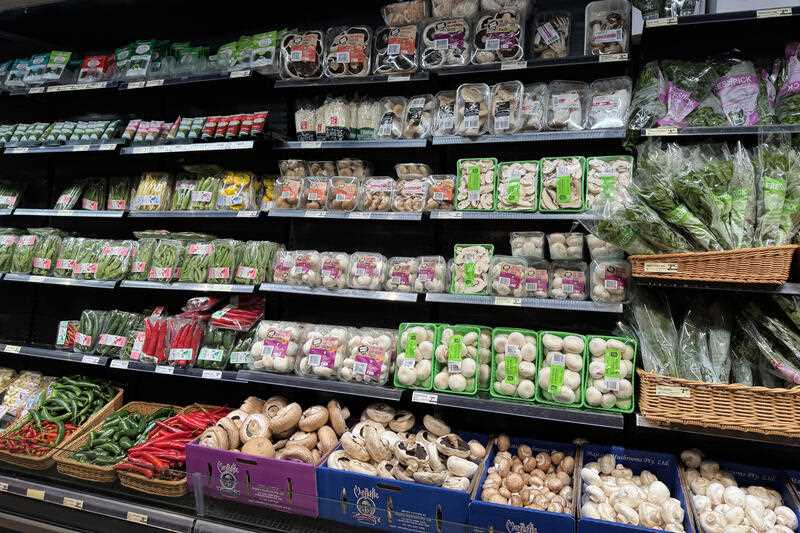By Poppy Johnston
Australia’s annual inflation rate has sunk to a two-year low but is slightly above expectations, which might lengthen the wait time for rate cuts.
Australians suffering from the prolonged cost of living crisis paid more for essential expenses such as rents, education fees, insurance and medical bills as data shows stubborn inflationary pressures remain.
The dollar rose near half a per cent and stocks initially fell after official data showed inflation rose over the first quarter, complicating Treasurer Jim Chalmers’ calculations as he prepares his third budget, and adding to the pain of consumers.
Annual inflation is still tracking in the right direction, falling to 3.6 per cent in the 12 months to March from 4.1 per cent in the year to December, the Australian Bureau of Statistics reported.
Quarterly inflation accelerated, clocking in at one per cent from 0.6 per cent in the three months to December, the bureau said on Wednesday.
Consensus forecasts had the quarterly rate rising 0.8 per cent in the three months to March for an annual pace of 3.5 per cent.
The bureau said price rises across education (5.9 per cent), health (2.8 per cent), housing (0.7 per cent) and food and non-alcoholic beverages (0.9 per cent) contributed the most to the quarterly increase.
Fast-rising prices have been putting pressure on Australian households and prompted the Reserve Bank to embark on aggressive interest rate hikes starting in May 2022.
With the economy slowing and inflation generally heading in the right direction, the focus has shifted to the prospect of interest rate cuts by the central bank.
Oxford Economics Australia head of macroeconomic forecasting Sean Langcake said the slight upside surprise in headline inflation was not large enough to change the near-term outlook.
But with the trimmed mean – the RBA’s preferred measure of underlying inflation – recording a modest drop to four per cent annually compared with the previous quarter of 4.2 per cent, Mr Langcake said disinflation was “frustratingly slow”.
“The chances of a cut in interest rates coming in 2024 have slimmed based on today’s data,” he said.
The firmer figures were enough to prompt Westpac to push back its forecast for cuts, from September to November, with Commonwealth Bank economists also leaning towards a later start than their base case of September.
National Australia Bank and ANZ had already forecasted a November start and planned to stick with their predictions.
The federal treasurer said price pressures were lingering but called for perspective, with annual inflation tracking below Treasury’s forecasts in the mid-year budget update in December.
“People can get carried away, frankly, with the sorts of numbers that we’ve seen today,” he told reporters.
Just weeks away from the May 14 budget, Dr Chalmers said he was still shooting for a second surplus and that would put downward pressure on inflation.
Shadow treasurer Angus Taylor warned the government to keep budget spending restrained or risk driving up inflation and keeping interest rates high, putting more pressure on households.
He told reporters the government’s Future Made in Australia industry policy, aimed to driving investment in low carbon industries, would put upwards pressure on inflation.
“That’s an exact replica of the bill in the United States that is driving inflation there and we’re seeing the same pattern here too,” Mr Taylor said.
EY chief economist Cherelle Murphy said essential domestic services – particularly rents, education and medical services – had the biggest price rises over the quarter.
“This will be particularly painful for low- and mid-income households and a government trying to ease the cost-of-living,” she said.
Record low vacancy rates underpinned a 2.1 per cent lift in rents over the quarter from 0.9 per cent, with the 7.8 per cent annual increase the strongest seen since 2009.
Insurance prices rose 16.4 per cent over the year, the strongest annual rise since 2001, as higher reinsurance, climate change-fuelled weather event and claims costs push premiums higher.






